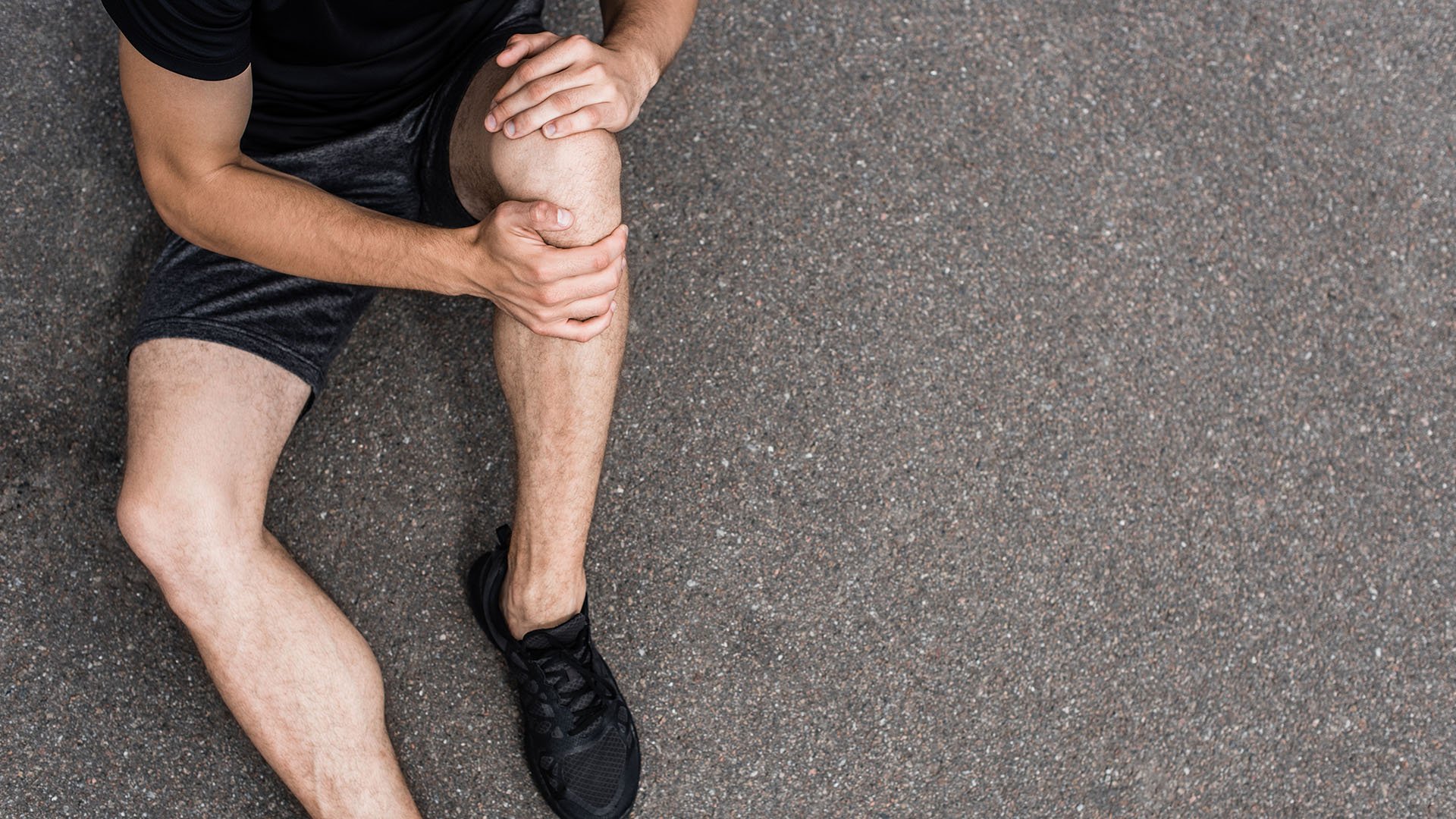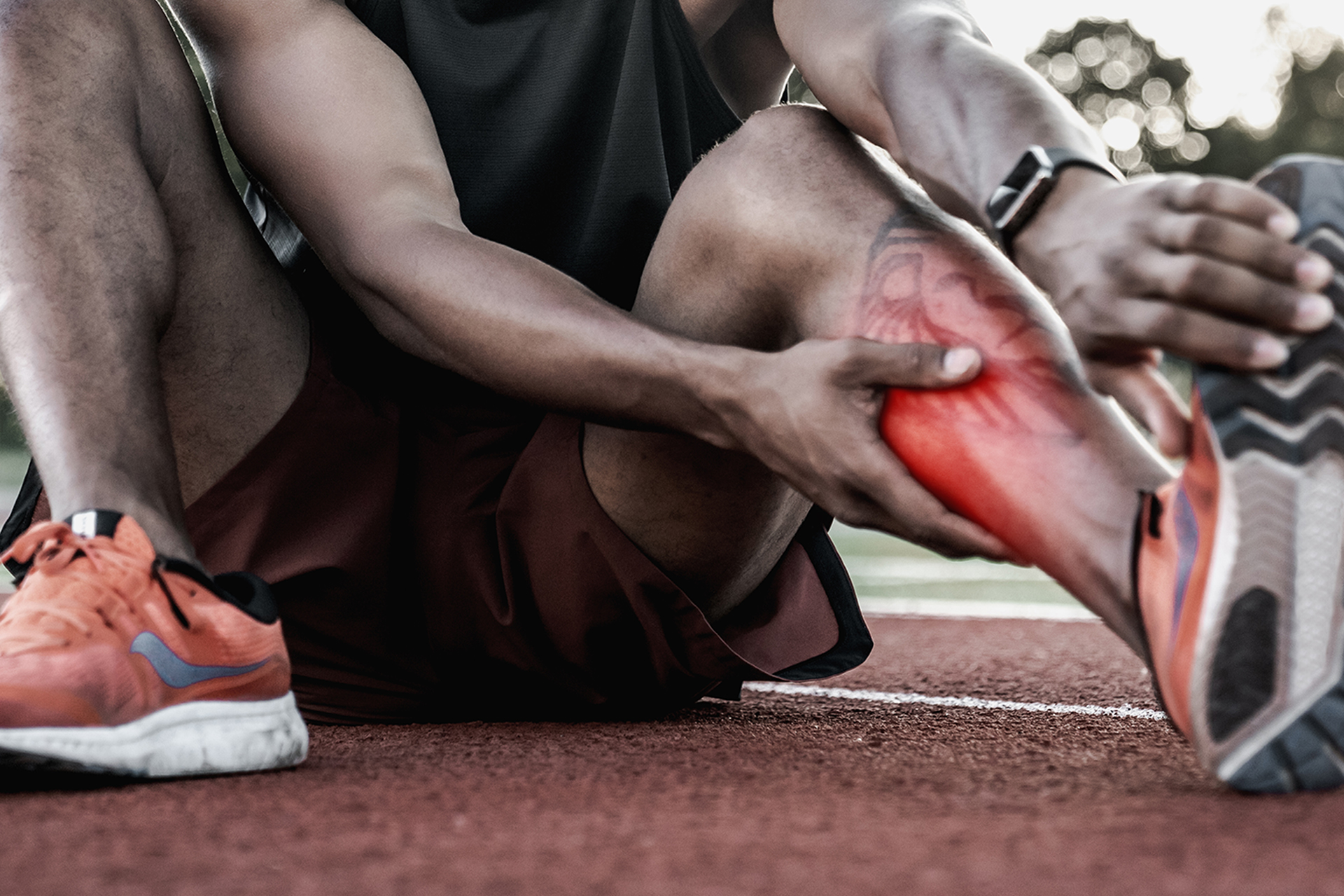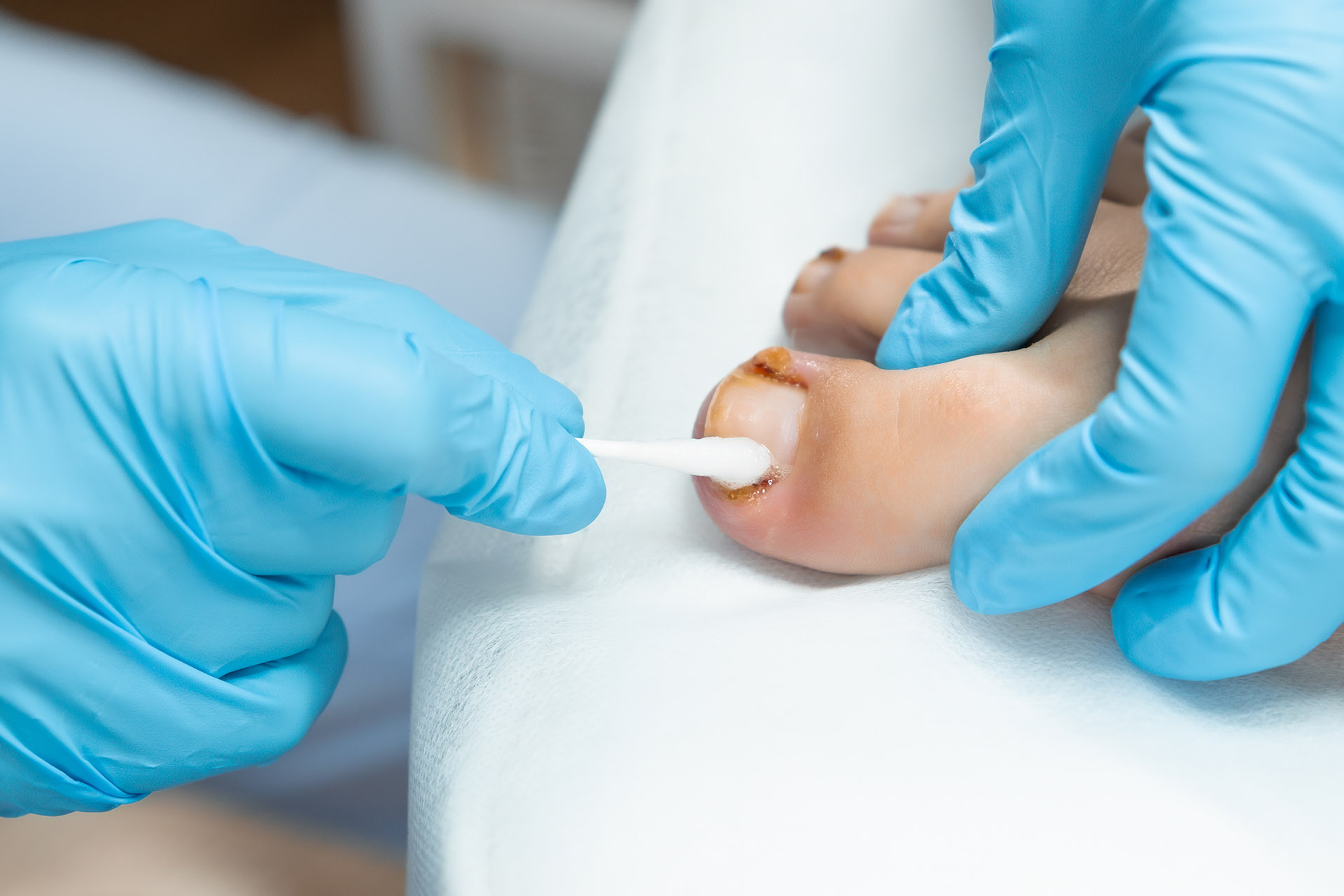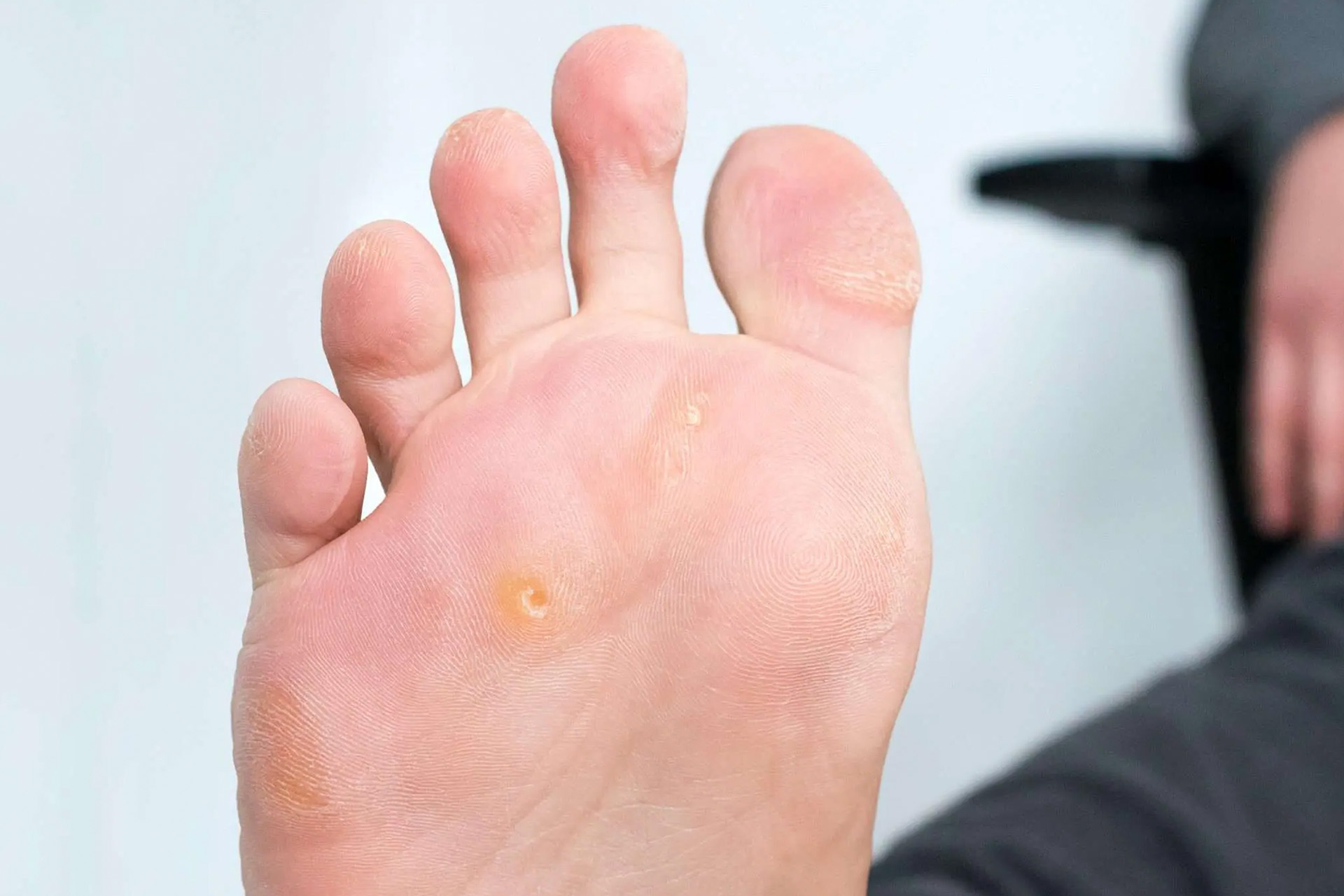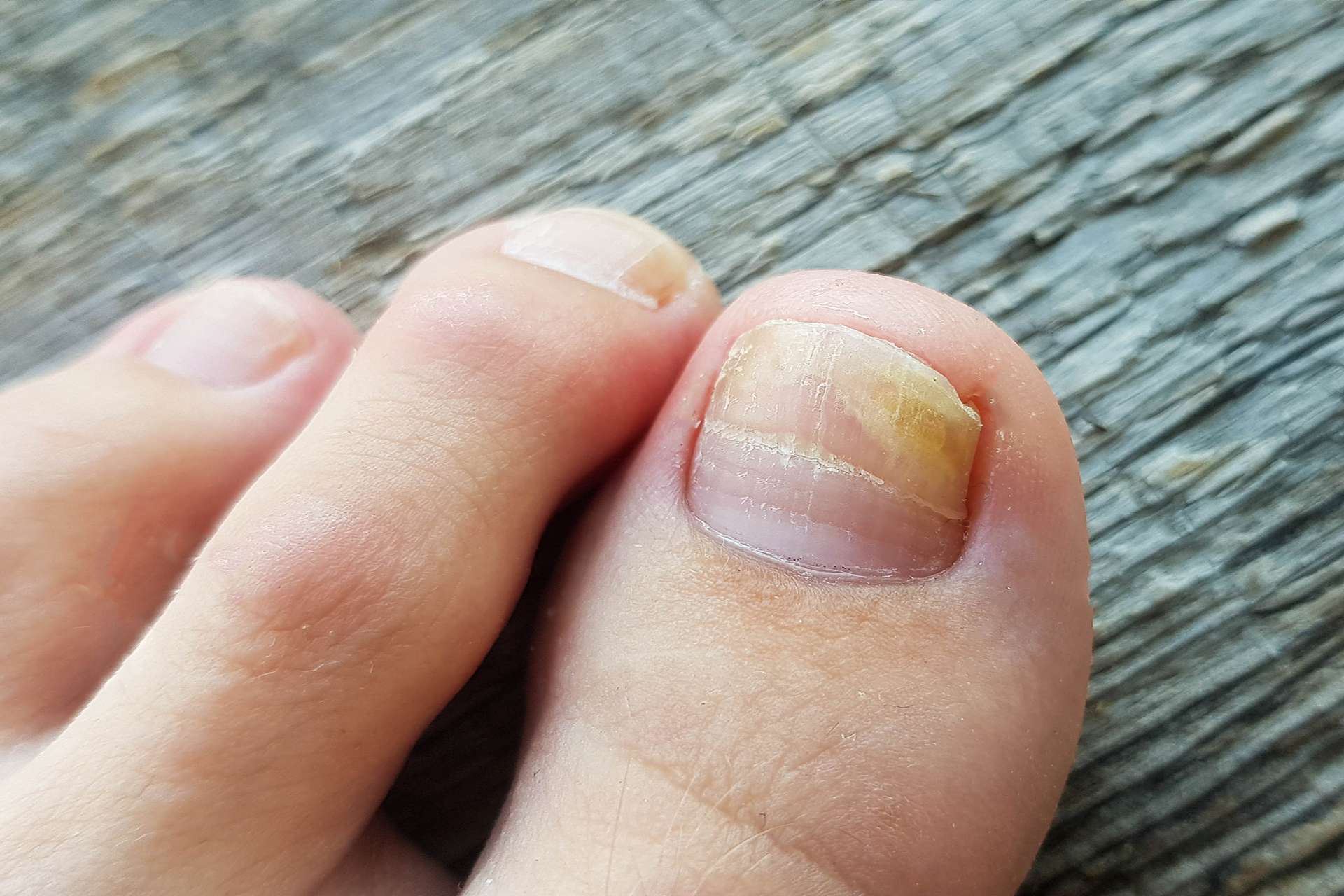Treating an Acute Knee Injury
If you have just injured your knee, you need to control the swelling, inflammation and pain. The best way to deal with an acute knee injury is to follow the RICE method of healing. The RICE method is this:
- This means you need to stay off the leg and try not to walk on the leg very much.
- When you apply ice, you are taking down the swelling of the knee by applying an ice pack to the outside of the knee. Be sure to put a cloth between the ice pack and your knee so you don’t suffer from ice burn to the skin. Ice should be applied for thirty minutes at a time, giving the knee a chance off the ice for about thirty more minutes before putting the ice pack on again. You can use a commercial ice pack, ice cubes in a plastic bag or even a back of chopped vegetables draped around the knee.
- Whenever possible, you should use an ACE wrap to keep the swelling down. The ACE wrap should be tight enough to decrease the swelling but not so tight that it hurts or causes the leg below the knee to become dusky or cool to the touch. The best way to wrap a knee with an ACE wrap is to start at the ankle or foot and wrap the entire calf up along with the knee joint itself. This prevents blood from pooling below the level of the knee.
- Try to keep the knee elevated above the level of your heart. This keeps the blood flow away from the knee so that swelling isn’t so severe.
You can also take medication for the inflammation of the knee. These include nonsteroidal anti-inflammatory medication like ibuprofen (marketed as Advil and Motrin) or naproxen sodium (marketed as Aleve or Naprosyn). You can take acetaminophen (Tylenol) for the pain but it doesn’t do anything for the inflammation.
If the knee pain does not resolve or if you think the injury is very severe, you should seek medical advice because there can be more going on than just a soft tissue injury. Prescription medications for the pain may be necessary in certain circumstances.
Treating Chronic Knee Pain
You can also use ice to relieve the pain of a chronic knee condition but many people turn to heat. Heat is soothing and lessens the muscle spasm around the knee. You can take over-the-counter pain relievers or prescription painkillers to control the pain.
If the pain is from osteoarthritis, there may be very little you can do to ease the pain daily. If the arthritis is severe, the doctor may choose to use Cold Laser Therapy on the knee, which relieves inflammation or may decide to replace the knee altogether with an artificial knee. This is somewhat extreme but it is the only way to control some kinds of chronic knee pain that involve bone rubbing against bone and very little intact cartilage to cushion the knee joint. Talk to your doctor about what the best options are for knee pain that does not go away on its own.

